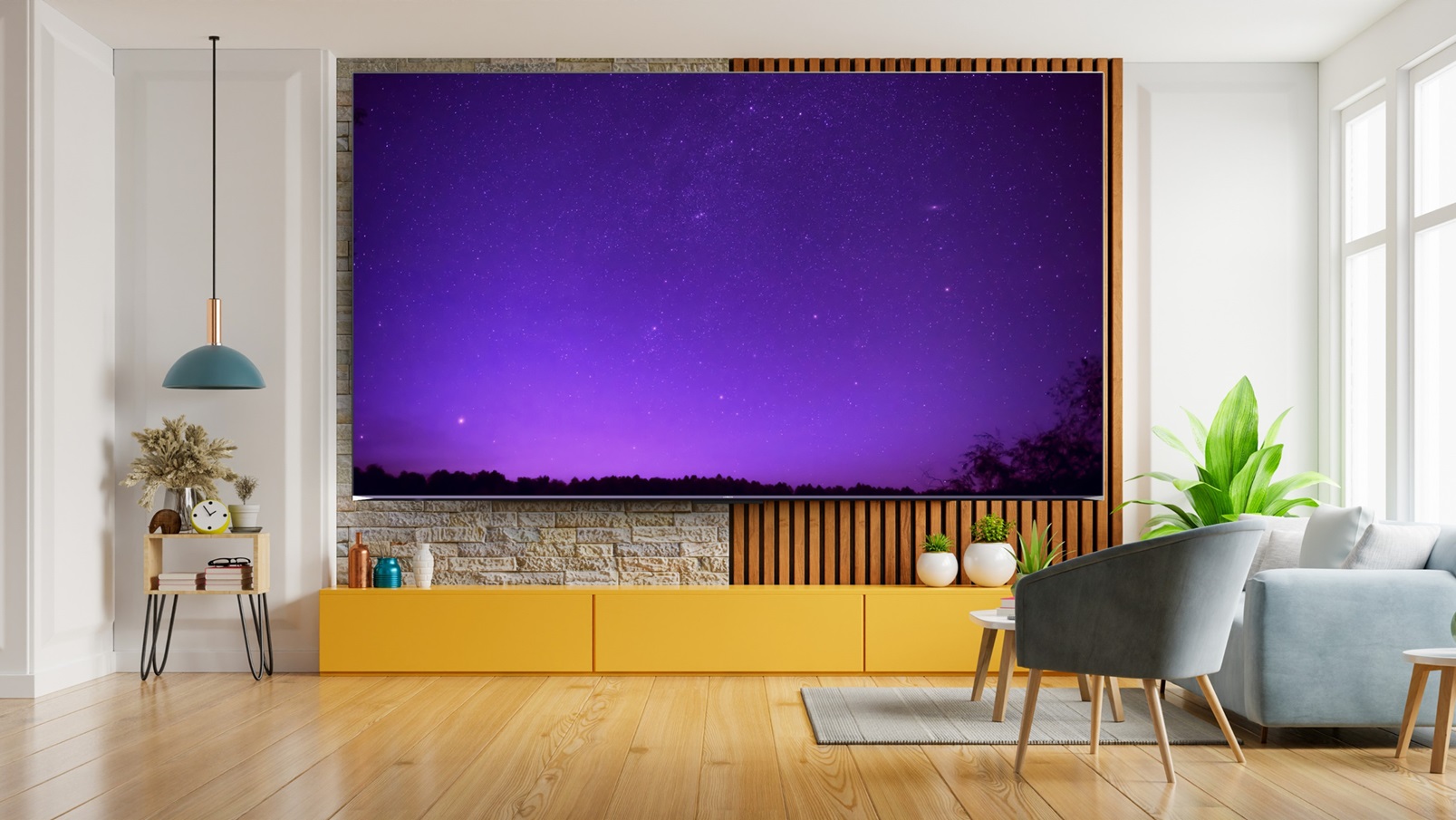World Television Day, celebrated annually on the 21st of November (tomorrow), is an occasion to acknowledge the impact and significance of television in shaping global communication and culture. Established by the United Nations General Assembly in 1996, this day serves as a reminder of the power of television in promoting international exchange of cultural diversity, understanding, and peace. The theme this year, Accessibility, is something premium television brand SKYWORTH knows all about, having been a major player in the South African tech market for almost a decade, wowing consumers with their cutting-edge technology and comprehensive product line, featuring OLED, Mini LED, QLED, 4K LED, and more.
Earlier this year the brand unveiled the largest 4K QLED Google TV in South Africa – the SUF958P, boasting an incredible 100″ infinite screen that promises an unparalleled viewing experience. Senior Sales Manager John Goosen says World Television Day serves as a reminder of the importance of television in our daily lives. “Television continues to be the single largest source of video consumption globally. While screen sizes may have changed, and consumers are able to create, post, stream and consume content on different platforms, TV remains number one.”
Of course, to celebrate World Television Day, it helps to have a world-class television. The 100” SUF958P takes picture quality to another level with QLED technology, offering vast colour depth and a high-contrast display. With Chameleon Extreme 3.0 and its 120Hz refresh rate at 4K, the visuals are simply stunning. Plus, the 2.1.2ch sound and Dolby Atmos deliver captivating audio with 3D object movement, making you feel like you’re right in the heart of the action and Flicker-Free technology means your eyes are protected from invisible flash and screen flash.
Getting into the spirit of World Television Day Goosen shares some quirky TV facts:
- The invention of colour TV – The first colour television was introduced in 1954, but it took several years for colour broadcasts to become widespread. The transition from black and white to colour was a revolutionary moment in television history.
- The first remote control – The first TV remote control was called Lazy Bones and was introduced by Zenith in 1950. It was connected to the television by a wire, allowing viewers to change channels from the comfort of their chairs.
- Longest-running animated series – The title for the longest-running animated series goes to The Simpsons, which premiered in 1989 and continues to captivate audiences worldwide. As of 2022, it had surpassed 30 seasons.
- TV commercial record – The record for the longest TV commercial goes to Nivea. In 2011, they aired a commercial in Brazil that lasted for a whopping 14 hours. It was broadcasted overnight to target viewers with insomnia.
- TV binge-watching phenomenon – The term ‘binge-watching’ became popular with the rise of streaming services. On average, it is estimated that people spend around three hours per day watching television, with binge-watching becoming a cultural norm.
- TV and the moon landing – The historic Apollo 11 moon landing in 1969 was broadcasted live on television, allowing millions of people around the world to witness this momentous event in real-time.
- Smell-O-Vision experiment – In the 1960s, a short-lived experiment called ‘Smell-O-Vision’ attempted to engage multiple senses by releasing scents during certain scenes in a movie. Unfortunately, it was not well-received, and the concept did not catch on.
- TV show with no script – Curb Your Enthusiasm, created by and starring Larry David, is a unique sitcom that is largely improvised. The actors are given an outline of the episode, but the dialogue is mostly unscripted.
- The Big Bang Theory – The theme song of The Big Bang Theory is not just an instrumental tune. It has lyrics, and the Barenaked Ladies, who perform the song, recorded a full version that can be found online.
- TV as an art canvas – Some artists have embraced television screens as a canvas for their creations. In 1965, Nam June Paik, a Korean American artist, created the first-ever video art piece using television sets, titled ‘The Paik-Abe Synthesiser.’
Article Provided






































